As the world grows more health conscious, many people are turning away from traditional animal fats. However, non hydrogenated lard is quickly becoming a popular alternative to vegetable oils and other synthetic fats.
Lard is a versatile and flavorful cooking fat that has been handy for centuries and has a long history of providing delicious results. We will explore everything you need to know about non-hydrogenated lard. Comparing its benefits, production process, and performance to other cooking fats.
We will also provide tips and tricks for cooking with lard and some delicious recipes that showcase its unique flavor and texture. Whether you are a seasoned chef or a novice home cook, this ultimate guide to cooking with non-hydrogenated lard will help you elevate your culinary creations to the next level.
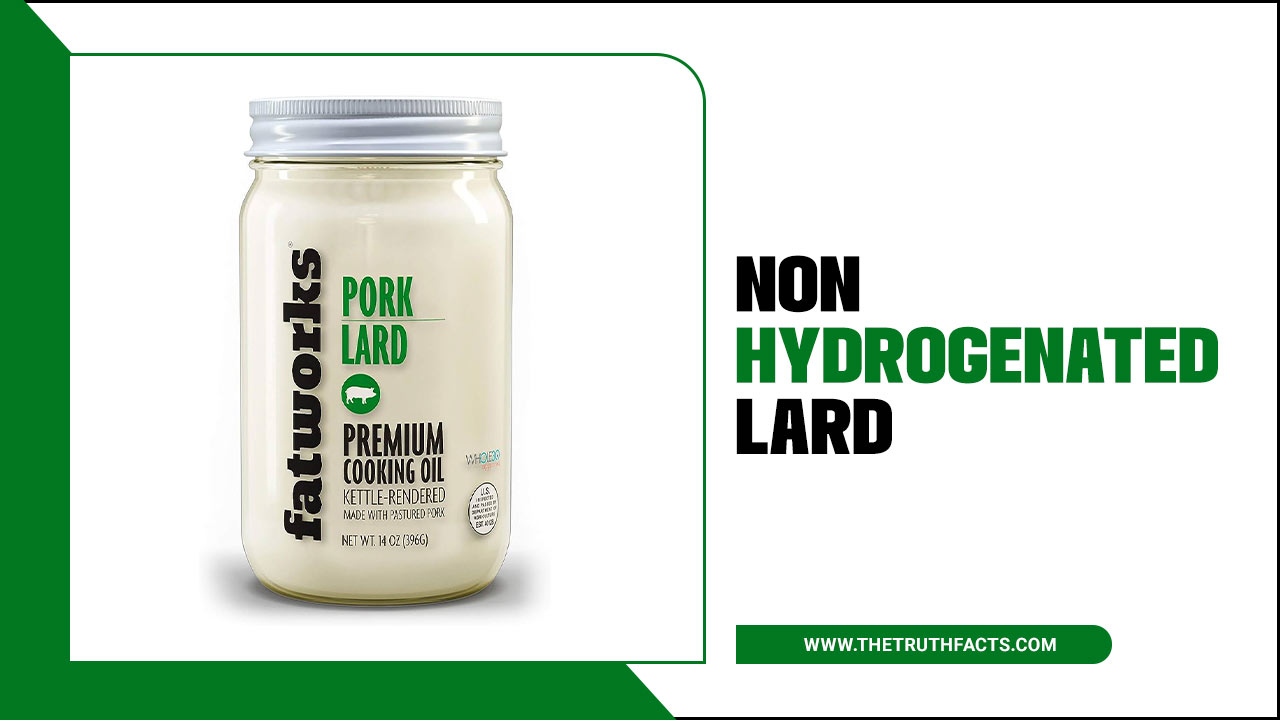
Non-Hydrogenated Lard Is What?
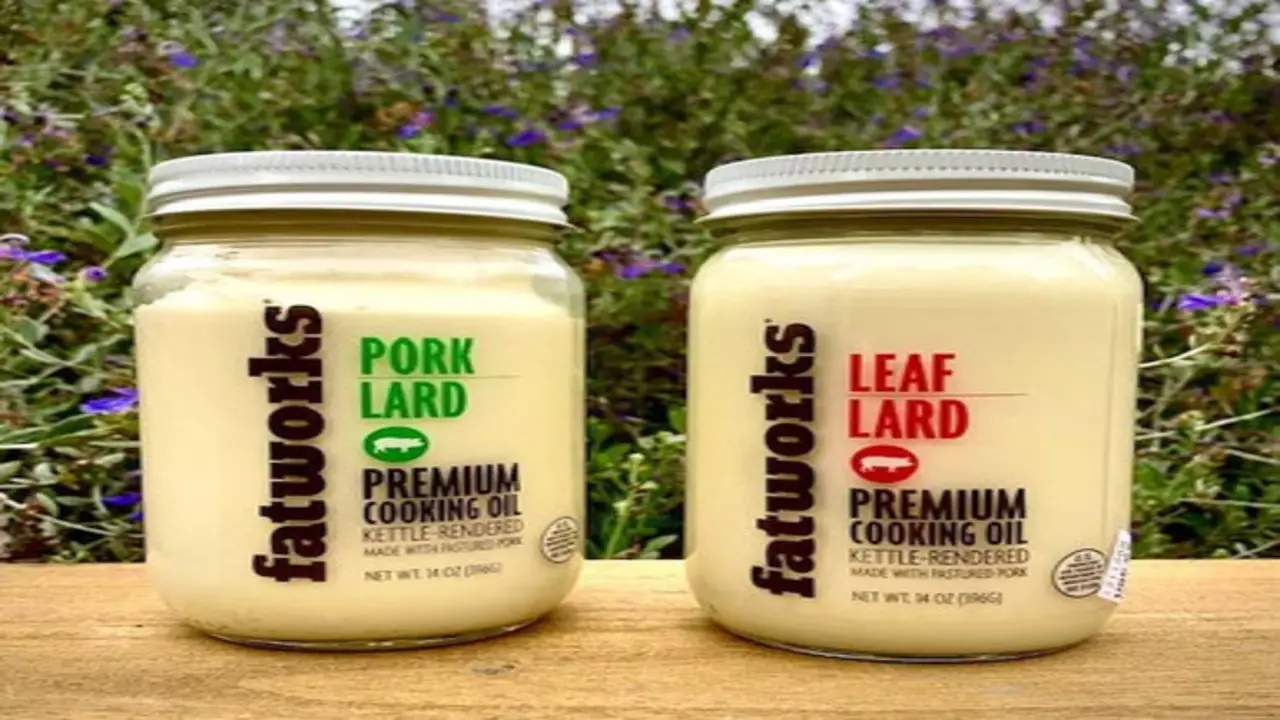
Non-hydrogenated lard is a type of lard that has not undergone the hydrogenation process. Hydrogenation is a process that involves adding hydrogen to liquid vegetable oils to make them solid at room temperature and increase their shelf life.
However, trans fats – considered unhealthy and linked to various health problems – result from this process. On the other hand, non-hydrogenated lard does not contain trans fats and can be a healthier alternative for cooking and baking purposes. It retains its natural texture and flavor, making it a popular choice for those who prefer animal fats in their culinary creations.
Different Types Of Non Hydrogenated Lard
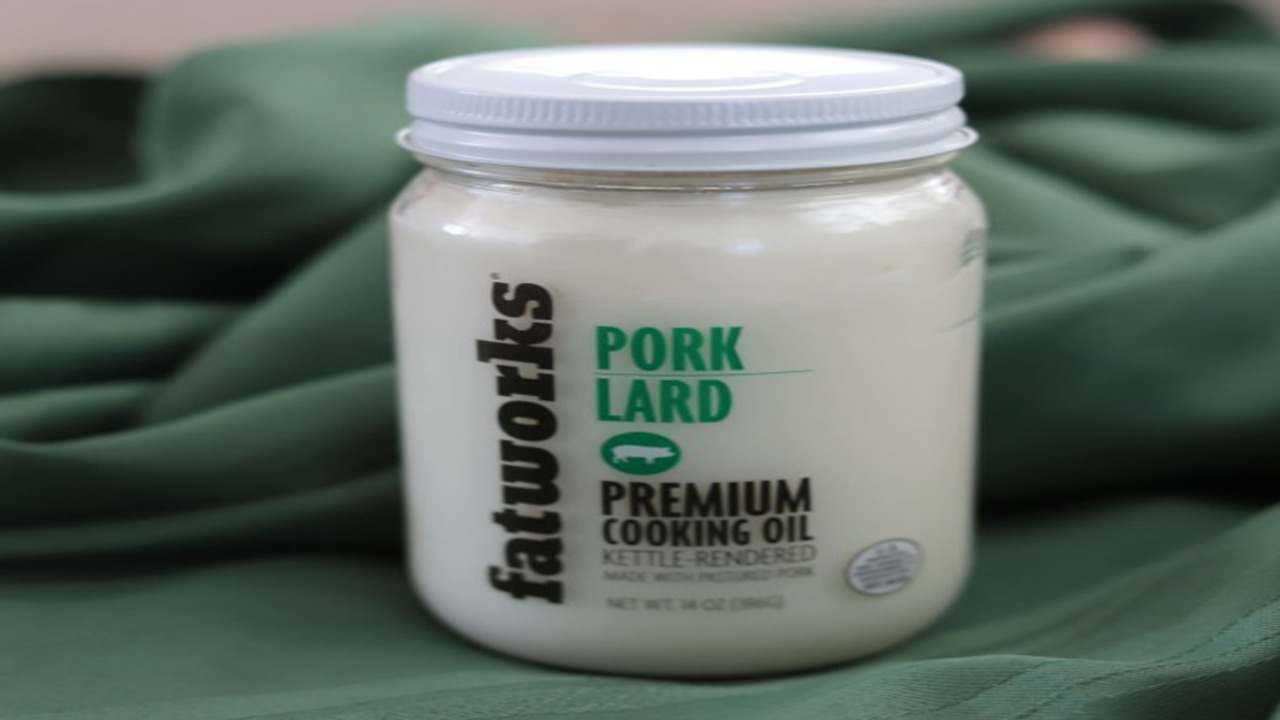
Farmers derive grass-fed lard from the fat of pasture-raised animals. It is popular for its higher omega-3 fatty acid content and rich flavor. Farmers raise organic pigs without synthetic pesticides or antibiotics to produce organic lard.
Melting and straining the fat produces a pure and clean product called rendered lard. Leaf lard, considered the highest-quality lard, comes from the fat surrounding. People seek after the pig’s kidneys for their mild flavor and smooth texture.
In contrast to hydrogenated lard, which undergoes a chemical process to create trans fats, non-hydrogenated lard retains its natural fat structure. People use it as a versatile ingredient for frying, baking, sautéing, and even as a substitute for butter or oil in certain recipes.
Incorporating non-hydrogenated lard in your cooking can benefit animal fats while avoiding the negative effects of hydrogenation, such as the formation of trans fats. With its various types and versatile uses, non-hydrogenated lard offers a healthier and more flavorful alternative for your culinary endeavors.
Non Hydrogenated Lard Made Easy Expert Tips For Success
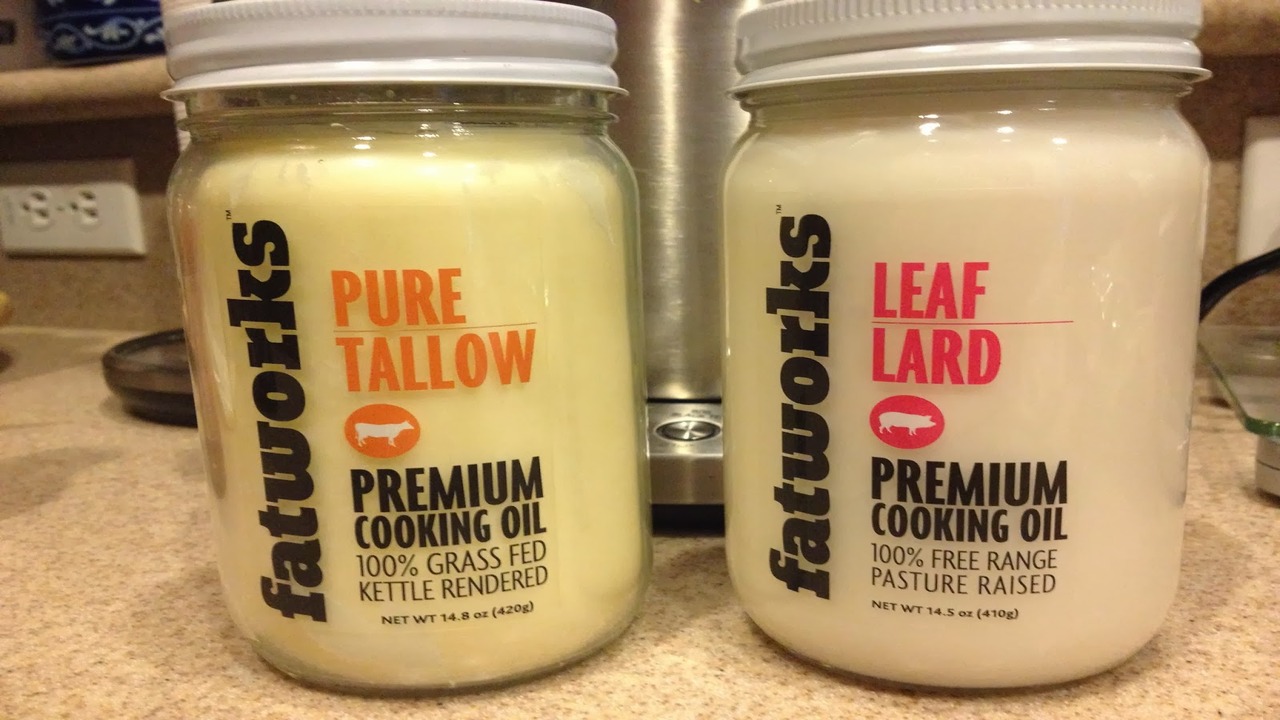
When cooking with non-hydrogenated lard, a few expert tips and tricks can help you achieve the best results. First and foremost, it’s important to understand what exactly non -hydrogenated lard is and why it is a healthier option for cooking. Unlike hydrogenated lard, which undergoes a chemical process that creates trans fats, non-hydrogenated lard retains its natural fat structure, making it a better choice for your health.
When it comes to finding and choosing high-quality non -hydrogenated lard for your recipes, there are a few key factors to consider. Look for lard from pasture-raised pigs on small family farms, ensuring a higher quality product.
Avoid lard from pigs raised on a diet of genetically modified organisms (GMOs), antibiotics, and added hormones. Choose lard sourced from animals raised without synthetic pesticides and antibiotics. Additionally, look for lard labeled as non-hydrogenated, ensuring it has not undergone the hydrogenation process.
Regarding cooking with non-hydrogenated lard, it is important to remember that it has a high smoke point, making it ideal for frying and baking at higher temperatures. It also adds a rich flavor and creamy texture to dishes, making it a great substitute for butter or oil in certain recipes. With its versatile nature, non hydrogenated lard can be handy in various cooking methods and cuisines, allowing you to explore a wide range of delicious recipes and dishes.
The Process Of Non-Hydrogenation
Non-hydrogenation involves traditional rendering methods to produce lard without adding hydrogen, resulting in healthier cooking fat. Unlike hydrogenated lard, non-hydrogenated lard retains its natural flavor and does not contain trans fats.
This makes it a versatile ingredient for frying, baking, and sautéing, providing excellent flavor and texture to dishes. By choosing non-hydrogenated lard, you can enjoy the benefits of using lard in your recipes while ensuring a healthier option for cooking.
The chemical structure of non-hydrogenated lard remains unaltered, preserving its nutritional benefits. So, whether you’re looking for a high smoke point for frying or a perfect ingredient for flaky pastry, non-hydrogenated lard is an excellent choice.
Small family farms often source this type of lard free from GMOs, antibiotics, and added hormones. Non-hydrogenated lard offers a delicious and nutritious alternative to hydrogenated oils and other animal fats, making it a great option for those seeking a healthier cooking fat.
Nutritional Benefits Of Non-Hydrogenated Lard
Non-hydrogenated lard offers several nutritional benefits, making it a healthier alternative to hydrogenated lard. It is rich in monounsaturated fats, known to improve heart health. Additionally, non-hydrogenated lard is a good source of essential vitamins such as vitamin D and vitamin E.
These vitamins play crucial roles in supporting various bodily functions, including bone health and immune function. Another advantage of non-hydrogenated lard is its high smoke point, which makes it ideal for frying and sautéing. This means you can enjoy crispy and delicious dishes without worrying about the oil breaking down and releasing harmful compounds.
Moreover, using non-hydrogenated lard in cooking can enhance the flavor and texture of your dishes, adding a rich and savory taste that is hard to replicate with other fats. So, consider incorporating non-hydrogenated lard into your culinary repertoire to reap these nutritional benefits and elevate your cooking experience.
Why Choose Non-Hydrogenated Lard Over Other Fats?
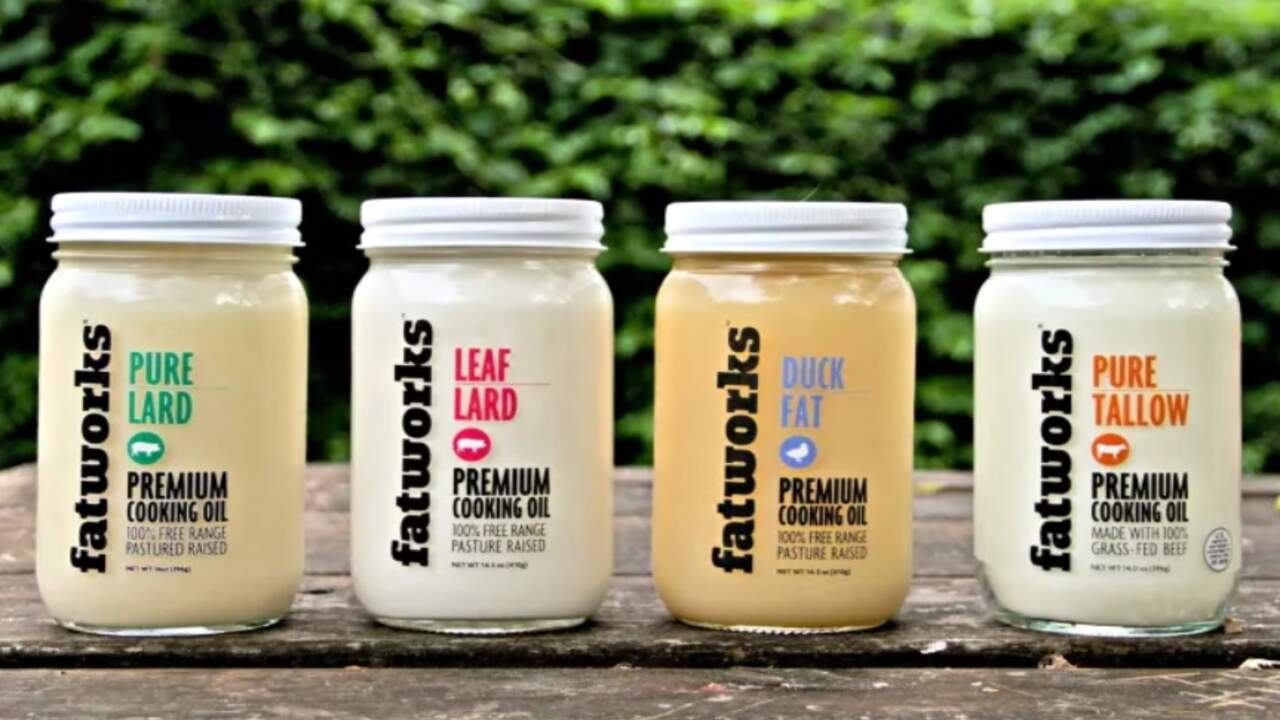
Non-hydrogenated lard is a healthier alternative to other fats for several reasons. Unlike hydrogenated fats, which contain trans fats linked to various health issues, non-hydrogenated lard is free from trans fats. This makes it a better option for those seeking a healthy diet. Additionally, non-hydrogenated lard has a high smoke point.
Which substance can withstand higher temperatures without breaking down and releasing harmful compounds? This makes it ideal for frying and sautéing. Moreover, non-hydrogenated lard is rich in monounsaturated fats, known to have heart-healthy benefits.
How To Store Non-Hydrogenated Lard?
Proper storage of non-hydrogenated lard is crucial to maintain its quality and prevent spoilage. To store non-hydrogenated lard, keeping it in a cool, dark place away from direct sunlight and heat sources is important. Ideally, the temperature should be below 70°F (21°C) to prevent the lard from melting or becoming rancid.
You can store non-hydrogenated lard in its original packaging or transfer it to an airtight container to prolong its shelf life. Keep the lard away from strong-smelling foods as it can easily absorb odors. Following these storage guidelines ensures that your non-hydrogenated lard remains fresh and ready for all your cooking needs.
Are There Any Side Effects While Using Non-Hydrogenated Lard?
People prize non-hydrogenated lard for its rich flavor and versatility as a popular cooking fat in the kitchen. While it is generally considered safe to consume. There are potential side effects that individuals should be aware of. Consuming non-hydrogenated lard can increase cholesterol levels as a possible side effect.
Lard is high in saturated fats, which can raise LDL cholesterol levels if consumed excessively. Additionally, some individuals may experience digestive issues such as diarrhea or stomach discomfort when consuming lard, especially if they have a sensitivity or intolerance to fats.
It’s always a good idea to consume lard in moderation and listen to your body’s response. If you have any concerns or pre-existing health conditions, it’s best to consult with a healthcare professional before incorporating non-hydrogenated lard into your diet.
Uses For Non Hydrogenated Lard

Non-hydrogenated lard is a versatile ingredient that can be handy in various ways in the kitchen. It adds flavor and richness to dishes as a substitute for other fats, such as butter or vegetable shortening. When used for frying or sautéing, non-hydrogenated lard brings a delightful taste and texture to the finished product.
Additionally, it is an ideal choice for making flaky and tender pie crusts and homemade tortillas or biscuits. Non-hydrogenated lard can be a perfect option for those who enjoy traditional recipes that call for animal fat.
One of the primary advantages of non-hydrogenated lard is its healthier composition than hydrogenated lard, as it does not contain trans fats. By using non-hydrogenated lard in your cooking and baking, you can enjoy the benefits of a high smoke point and its unique flavors, while avoiding the harmful effects of trans fats.
Conclusion
non-hydrogenated lard is a versatile and healthy fat that can enhance the flavor and texture of your cooking. Its unique qualities make it an excellent choice for frying, baking, and even as a spread. With its high smoke point and rich, savory taste, non-hydrogenated lard can elevate your dishes.
It also offers nutritional benefits, including being a good source of vitamin D and monounsaturated fats. When storing non-hydrogenated lard, keep it in a cool, dark place to maintain its freshness. So, next time you’re in the kitchen, consider incorporating non-hydrogenated lard into your recipes for a delicious and wholesome cooking experience.
Frequently Asked Questions
1.All Lard Undergoes Hydrogenation?
Ans: Not all lard is hydrogenated. They render traditional lard from pork fat without adding hydrogenation. However, some companies may hydrogenate lard for stability and longer shelf life. If you prefer a more natural option, look for non-hydrogenated lard.
2.How Do You Know If Lard Is Hydrogenated?
Ans: To determine if lard is hydrogenated, check the ingredient list. For any mention of hydrogenated oils like “partially” or “fully.” Look for packaging that specifically states non-hydrogenated lard. Contact the manufacturer if you’re unsure about their production process.
3.Is Pork Lard Hydrogenated?
Ans: Pork lard is not hydrogenated by default. Hydrogenated lard refers to the process of adding hydrogen to liquid oil to make it solid at room temperature. Non-hydrogenated lard is a healthier option, as it doesn’t contain trans fats. When purchasing lard, check the label for any partial hydrogenation processes.
4.Is Manteca Lard Hydrogenated?
Ans: Manteca lard, commonly used in Mexican cuisine, is not hydrogenated. Hydrogenated fats are not typically used, as they are less healthy. Manteca lard renders pork fat and adds flavor to dishes without the negative effects of hydrogenation.
5.Are There Any Health Concerns Associated With Consuming Non-Hydrogenated Lard?
Ans: Consuming non-hydrogenated lard in moderation is important. Even though it is considered a healthier alternative. Excessive intake of any high-fat food can contribute to weight gain and health issues. Balance your diet and consult a healthcare professional for specific concerns.
